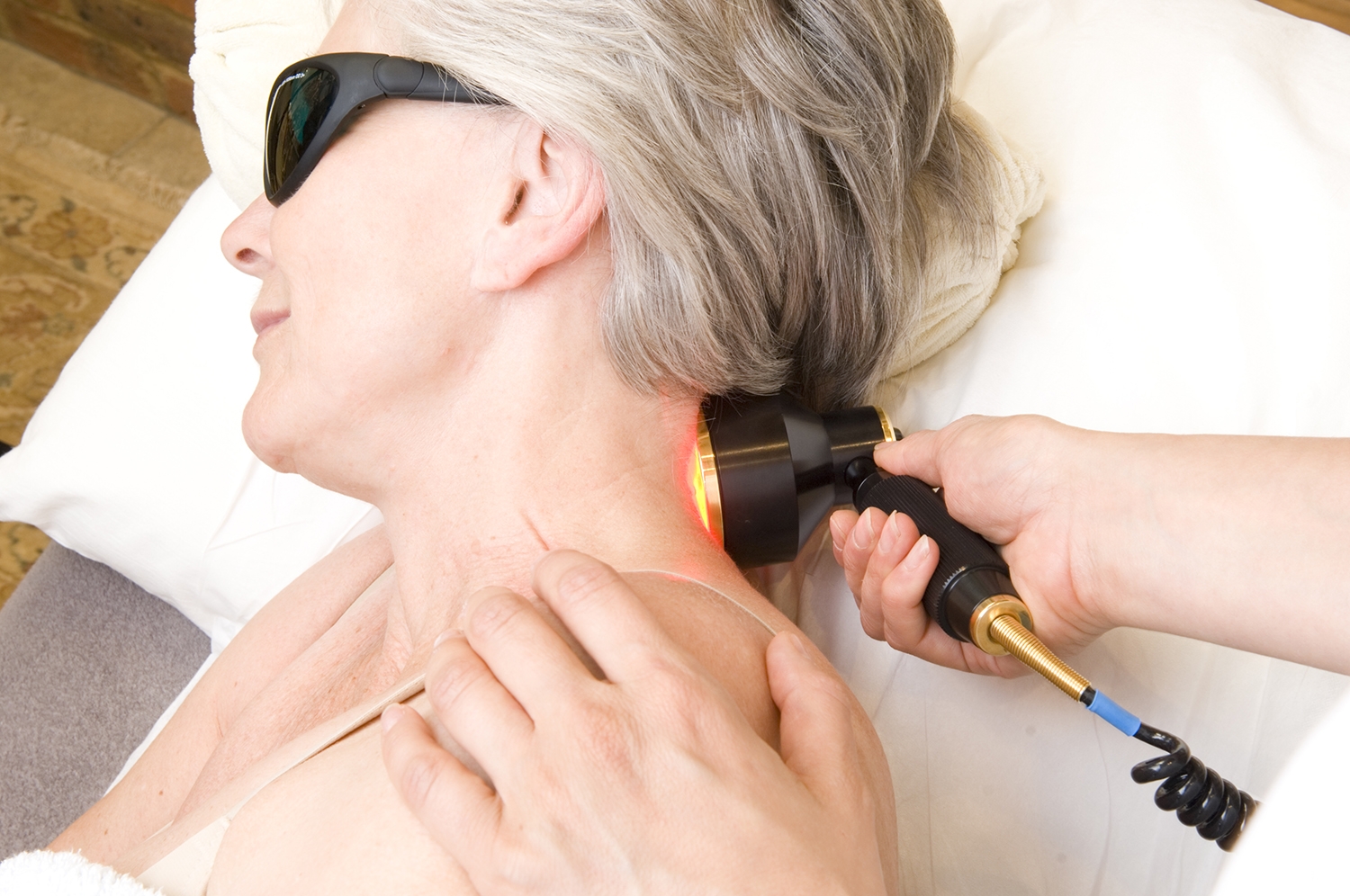A Brief History of Laser Treatment
Cold laser treatment, also known as low-level laser treatment (LLLT), uses non-thermal lasers to stimulate and enhance the body's natural healing process. Unlike traditional hot lasers used in surgery which cut or burn tissue, cold lasers utilize low power lasers which emit non-heat producing light to aid in reducing pain and inflammation.
The therapeutic use of lasers was first explored in the 1960s by Hungarian scientist Mester and colleagues who discovered that exposure to low-power lasers produced a biological response in cell cultures and animal models. Since then, extensive research over several decades has demonstrated cold laser treatment to be an effective treatment for a wide variety of soft tissue injuries and medical conditions. It has gained popularity as an alternative to medications and surgery due to its non-invasive nature and lack of side effects.
How Does Cold Laser Treatment Work?
While the exact mechanisms are still being researched, it is understood that cold laser Therapy light is absorbed by specific pigments within cells called cytochromes. This stimulates cellular activity which triggers a cascade of biochemical and physiological changes. Some key ways it works include:
- Reducing Inflammation: Laser light stimulates the body's production of anti-inflammatory enzymes which aid in reducing swelling, pain, and healing time.
- Increased Blood Flow: Laser treatment causes vascular changes that improves microcirculation which speeds delivery of nutrients and removal of waste from injured tissues.
- Cellular Repair: Laser light stimulates cellular metabolism which accelerates DNA/RNA synthesis and collagen/protein production allowing for faster tissue repair and regeneration of muscles and nerves.
- Pain Relief: Increased production of endorphins, the body's natural painkillers, help reduce pain sensation. Laser treatment also may block pain signals from being transmitted.
Conditions Treated with Cold Laser Treatment
Due to its many therapeutic benefits, cold laser treatment is being used to successfully treat a variety of musculoskeletal conditions:
- Soft Tissue Injuries: Sprains, strains, contusions, tendonitis are common conditions treated with cold laser treatment to speed healing.
- Joint/Muscle Pain: Arthritis, bursitis, fibromyalgia respond well as laser reduces inflammation and increases mobility.
- Post-Surgical Recovery: Cold laser promotes faster wound healing and reduces swelling/pain after procedures like dental work or cosmetic surgery.
- Neurological Disorders: Conditions like Trigeminal Neuralgia, shingles, and peripheral neuropathy see relief from laser treatment's ability to modulate nerve function.
- Dental/Oral Issues: Toothaches, gum disease, TMJ dysfunction are commonly treated in dentistry using cold laser treatment.
- Skin Conditions: Laser treatment aids chronic wounds, ulcerations, and reduces acne/scarring by stimulating collagen production and blood flow to injured skin tissues.
Clinical Research on Cold Laser Treatment
Over the past 50 years, thousands of clinical studies have been conducted on the usefulness of cold laser treatment for various medical conditions:
- A 2013 meta-analysis reviewed over 150 studies on efficacy of laser treatment for musculoskeletal soft tissue injuries. Researchers found strong evidence it reduced pain immediately post-treatment and promoted faster recovery of function compared to untreated control groups.
- Numerous randomized controlled trials demonstrate cold laser treatment reduces pain and improves function in patients with knee and shoulder osteoarthritis better than NSAID medications or physical treatment alone. Combination cold laser and exercise was most effective.
- A 2015 systematic review analyzed 83 studies using cold laser for orthodontic purposes like post-operative pain, gum irritation. Researchers found strong evidence it significantly reduces pain and speeds healing after procedures like wisdom tooth extraction or brace adjustments compared to no laser treatment.
- Multiple studies also show cold laser treatment rapidly relieves pain from shingles, diabetic neuropathy, carpal tunnel syndrome, and other neurological conditions by modulating nerve function better than medications or other physical interventions.
Advantages of Cold Laser Treatment
Overall, cold laser treatment offers many advantages compared to drugs or surgery for many medical issues:
- Non-invasive and painless: Treatment is completely comfortable for patients.
- No side effects: Unlike medications that can cause gastric upset or drowsiness, laser treatment has no negative consequences to health.
- Rapid relief: Pain and inflammation are often relieved immediately after the first several treatments.
- Encourages natural healing: Laser stimulates the body's innate healing response rather than just masking symptoms.
- Can augment other therapies: Cold laser is often successfully combined with exercise treatment or medications for added benefits.
- Long-lasting results: Improvements in pain and function tend to persist even after cessation of treatment course.
- Cost-effective: Often a cheaper and safer alternative to medications, injections, or surgery long-term.
In Summary, as the research continues to grow, cold laser therapy is rapidly becoming a mainstream treatment option for a variety of painful musculoskeletal and soft tissue conditions. For many patients, it provides a viable alternative or adjunct to medications and invasive procedures to aid the body's natural healing processes.
Get more insights on This Topic- Cold Laser Therapy


